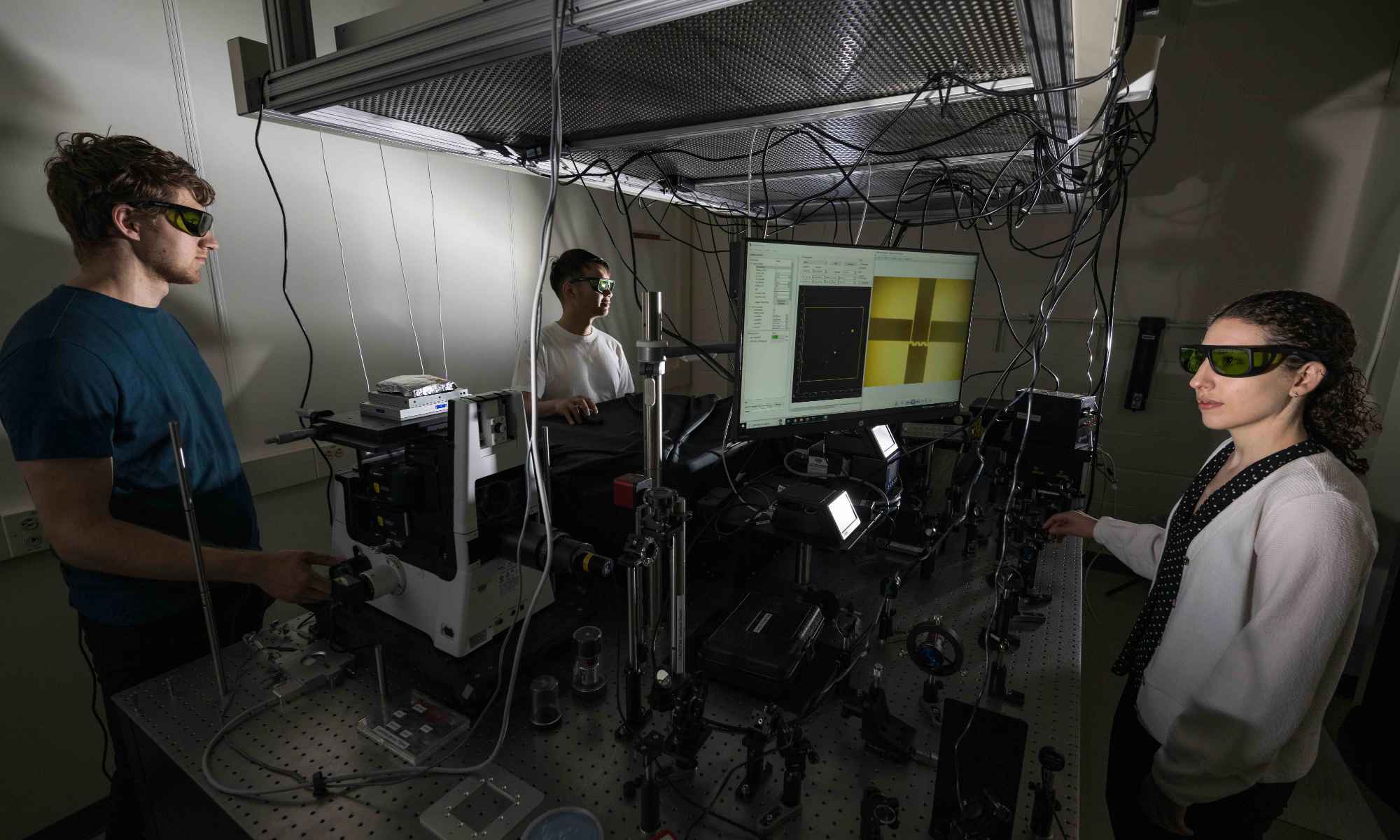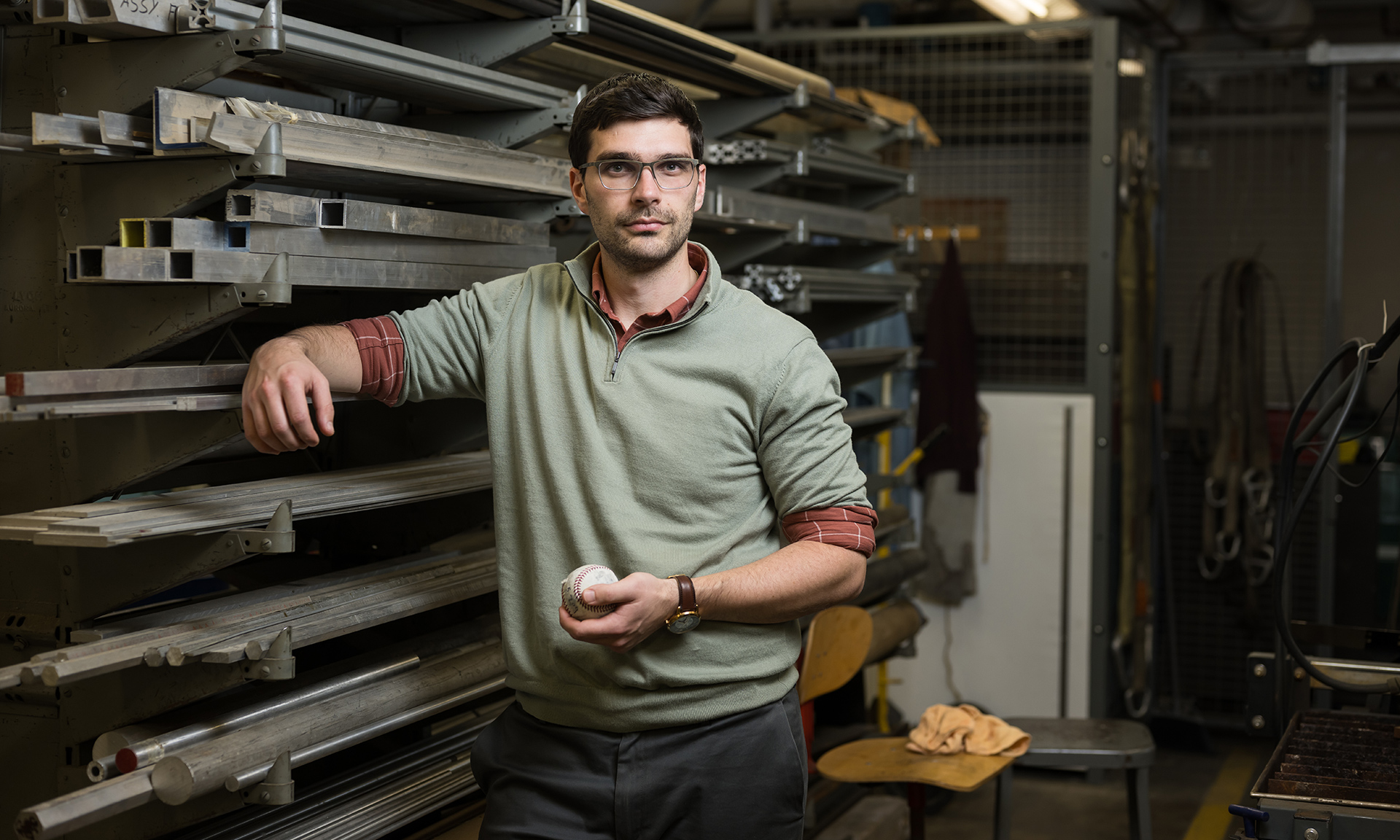Donna Strickland and Gérard Mourou’s discovery of chirped pulse amplification at the University of Rochester helped make bladeless LASIK possible.
On September 14, the American Association for the Advancement of Science (AAAS), the world’s largest multidisciplinary scientific society, hosted the 11th annual Golden Goose Award ceremony, a celebration of federally funded research that unexpectedly benefits society. Honored this year was the team of researchers who had the breakthrough discovery of using high-intensity lasers in corrective eye surgery, leading to the invention of LASIK.
On this five-person team was University of Rochester alumna Donna Strickland ’89 (PhD), who received her doctorate in optics from Rochester in 1989 and is now a professor at the University of Waterloo in Ontario, Canada, and Gérard Mourou, a former engineering professor and scientist at the Laboratory for Laser Energetics (LLE) and current professor at the École Polytechnique in France.
Strickland and Mourou were responsible for the discovery of effectively using lasers as a high-powered tool—known as chirped-pulse amplification (CPA)—that ultimately opened the door to new medical, scientific, and commercial applications, including LASIK. Their work earned them a 2018 Nobel Prize in Physics. Mourou was Strickland’s PhD advisor when they conducted their research in the 1980s showing how high-intensity light changes matter, and how matter affects light in this interaction.
Until the introduction of CPA, the peak power of laser pulses was limited because of the damage the pulses caused to the material used to amplify them. Strickland and Mourou worked together to overcome the problem and make it possible to use lasers in procedures such as eye surgery.
Bladeless LASIK as the standard in corrective eye surgery
So what was the unexpected or obscure element of this team’s research that led to a 2022 Golden Goose award?
Nearly 30 years ago, a graduate student at the University of Michigan’s Center for Ultrafast Optical Science experienced an accidental laser injury to his eye. Fortunately, his vision was not severely affected. However, the observation of the very precise and perfectly circular damage produced by the laser led to a collaboration. Eight years later, the collaborators—including Strickland and Mourou—developed LASIK as a bladeless approach to corrective eye surgery. This important application presented an alternative to using a precision scalpel cut into the human cornea before it is reshaped to improve the patient’s vision. Bladeless LASIK is now considered the standard in the field of corrective eye surgery.
Other team members in addition to Strickland and Mourou who were honored with this Golden Goose Award were Ron Kurtz of RxSight; Tibor Juhasz of ViaLase; and Detao Du of Rayz Technologies, the University of Michigan graduate student who originally suffered the laser eye injury.
‘Pioneering science’ at Rochester’s Laser Lab
University President Sarah Mangelsdorf and LLE Director Christopher Deeney attended this year’s Golden Goose Award ceremony in Washington, DC, in support of Strickland’s and Mourou’s recognition.
“I think it’s wonderful that the Golden Goose Awards recognize the importance of federally funded research in advancing our country’s scientific knowledge and how some discoveries of the highest magnitude and impact have emerged in unusual ways,” says President Mangelsdorf. “Donna Strickland’s and Gérard Mourou’s Nobel Prize–winning work in high-intensity lasers demonstrates the power of collaboration and diligence and their work has delivered medical benefits to millions of people worldwide. Their work continues to inspire our University of Rochester community and I congratulate them and their entire team on receiving this honor.”
“Innovation drives the United States and inspiration for innovation can come from many places; great science prepares us to see and exploit the new idea,” says Deeney. “Gerard’s and Donna’s pioneering science was ready for the inspiration and it is truly amazing to see how it expanded to LASIK. An amazing number of people have been helped due to this team’s innovation.”
The LLE, where the original CPA invention occurred, is supported by the Department of Energy/National Nuclear Security Administration, the National Science Foundation, and New York state.
This year’s Golden Goose Awards come on the heels of the US Congress passing and President Biden signing the bipartisan and historic CHIPS and Science Act. This new law reauthorizes key federal agencies whose projects will propel discovery and show what American investment, intellect, ingenuity, and risk-taking can accomplish.
- Watch a recording of the award ceremony livestream and a short documentary about this year’s awardees.
Read more
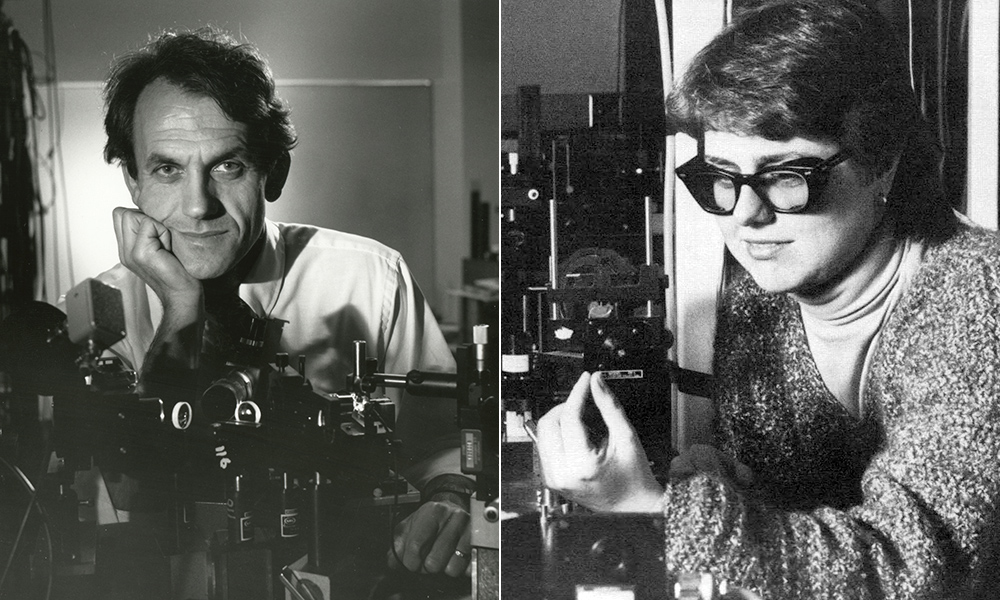 Rochester breakthrough in laser science earns Nobel Prize
Rochester breakthrough in laser science earns Nobel Prize
In 2018, Donna Strickland ’89 (PhD) and Gérard Mourou received the Nobel Prize in Physics for work they undertook at the University’s Laboratory for Laser Energetics.
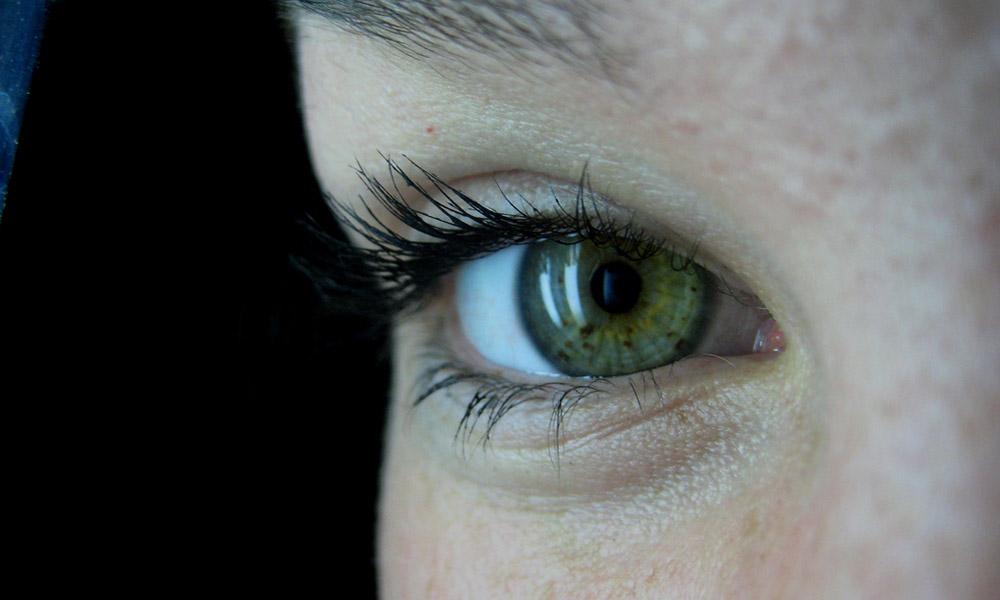 Chirped-pulse amplification: 5 applications for a Nobel Prize–winning invention
Chirped-pulse amplification: 5 applications for a Nobel Prize–winning invention
Chirped-pulse amplification is a technique for creating ultrashort, yet extremely high-energy laser pulses necessary in a variety of applications.
Rochester alumni and faculty have to date received a total of 13 Nobel Prizes, across a range of categories that includes physics, medicine or physiology, and economics.

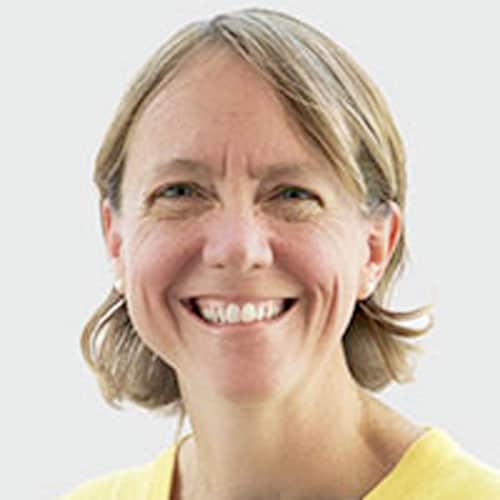
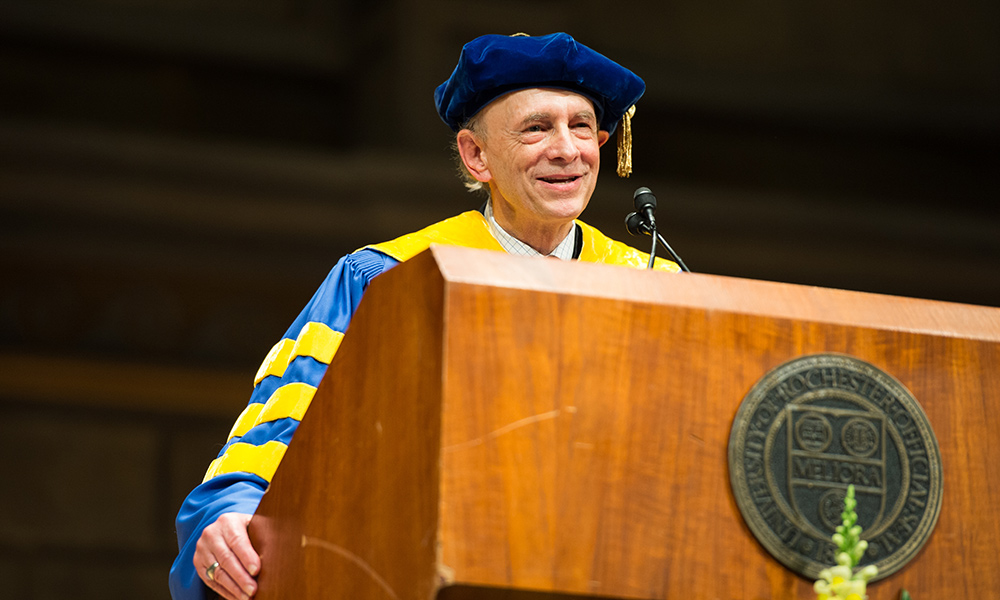 Rochester’s Nobel laureates
Rochester’s Nobel laureates